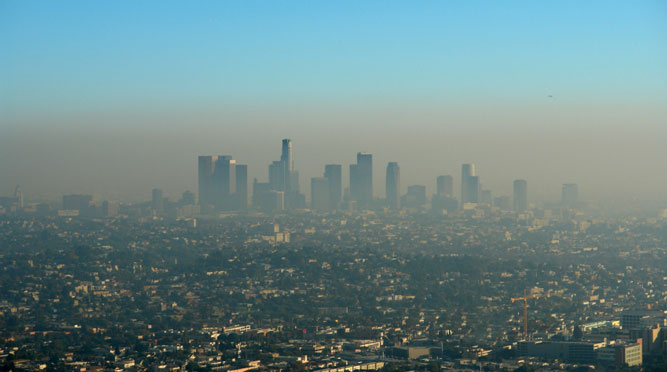Coal
America has plenty of coal. Its mines produced about 900 million tons in 2015, nearly all of it destined for domestic electricity generation, but also some for export. That is only a tiny fraction of U.S. recoverable coal reserves, which are estimated at about 257 billion tons. In fact, more than one-fourth of the world’s total known coal reserves are located in the United States. Despite the magnitude of those resources, questions have recently been raised about how accessible these reserves truly are. The location, quality, and recoverability of the coal could significantly impact these supply estimates and experts caution that the reserves should be analyzed more closely with these factors in mind.
More than one-fourth of the total known world coal reserves are in the United States.
Coal consumption in the United States is projected to decrease slightly during the next 25 years, from 801 million tons in 2015 to 557 million tons by 2040—about 1.4% per year. But federal and state policies governing permissible emissions from power plants may change, affecting the way coal is used. In addition, competing energy sources for electricity generation could reduce the demand for coal. Future increases in the supply will probably come from western states because of the low sulfur content of the resource in that region, which now provides about 57% of the nation’s coal. Wyoming alone typically accounts for about 42% of all domestic coal mined.
Of all the fossil-fuel sources, coal is the least expensive for its energy content and is a major factor in the cost of electricity in the United States. However, burning coal in electric power plants is a major source of carbon dioxide (CO2) emissions, and its use has other repercussions as well. Mining coal disturbs the land and modifies the chemistry of rainwater runoff, which in turn affects stream and river water quality. It also releases substantial amounts of methane, a potent greenhouse gas. The U.S. Environmental Protection Agency’s Clean Power Plan, as well as the low cost of natural gas, is leading older coal plants to close and reducing interest in new coal plants.
Coal-fired power plant combustion gases pass through “scrubbers” and other technologies that remove pollutants before they exit the smokestack. Even so, the smoke contains oxides of nitrogen and sulfur dioxide that lead to smog and acid rain, particulate matter such as soot, and heavy metals such as mercury that affect air quality and human health, often even hundreds of miles from the power plant. In response to recent environmental laws, advanced technologies—often termed “clean coal”—are being developed to further reduce harmful emissions and improve the efficiency of these plants.
For more information, see the U.S. Environmental Protection Agency’s Clean Power Plan.
Related topics
Source Material
- Coal: Research and Development to Support National Energy Policy (2007)
- Climate Intervention: Carbon Dioxide Removal and Reliable Sequestration (2015)
- Liquid Transportation Fuels from Coal and Biomass: Technological Status, Costs, and Environmental Impacts (2009)
- Managing Coal Combustion Residues in Mines (2006)
- Emerging Workforce Trends in the U.S. Energy and Mining Industries: A Call to Action (2013)
- Hidden Costs of Energy: Unpriced Consequences of Energy Production and Use (2010)

